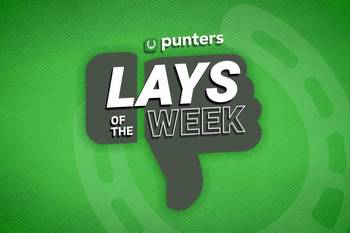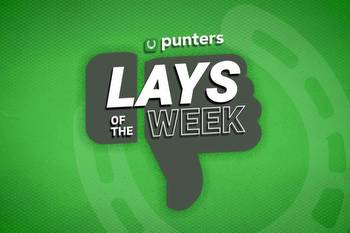Pinball Wizard, Part 2: The Psychology of In-Running Betting geegeez.co.uk

“There has to be a twist”
Previously On… Pinball Wizard Betting… I hopefully persuaded you that betting into the in-running market was a relatively level playing field and we are no longer swimming with sharks, writes Russell Clarke. All you need is bet placement software, Geegeez, and Betfair TV. If you haven't yet read Part 1, you can do that here.
In this article, I’m going to run through a fairly typical journey for an in-running newcomer. This will be useful because it may help you to avoid mistakes as well as provide an insight into the psychology that undoubtedly influences in-running betting. Let’s meet him…
Our in-running virgin has been betting for any number of years. He may be successful or unsuccessful, but he understands a betting exchange and is probably at least one step up from a recreational punter who has a Bet365 account and very few or no others.
He has used bet placement software because he tried pre-race trading a while ago, but never really got the hang of it and it wasn’t for him.
He’s read on twitter or watched videos on youtube about a guy who wins on almost every race betting in-running. And he has an over-inflated opinion of his race-reading skills.
Any combination of the above characteristics fits our debutante.
Armed with the knowledge he’s picked up from his social media analysis he takes his first steps. He likes the idea of being a layer primarily. That’s because he can generally spot who is not going to win when watching a race and enjoys the idea of winning most of the time. So, he cautiously sets his stakes at a tenner and promises to himself that he will trade out of the lay (by backing the horse or hitting the green button) if it looks like the horse might win.
Plan in place, what could possibly go wrong?!
The first race goes like a dream. He notices the jockey starting to row on the 6/1 3 fav, it shows at 9.6 on the one-click screen. Without hesitation he clicks, the bet isn’t matched, but he clicks again and secures 11.5. It’s a slightly bigger price than he wanted to lay, but any concern is quickly put to rest. The beast doesn’t respond to the jockey’s urgings and fades quickly. A £9.80 profit. He’s got the game cracked and after 3 more similar lays, he finishes his hour stint at the computer ahead by £39.20.
On the following day his first lay is on a 14/1 shot. The horse comes under pressure and he clicks and lays it at 19 on the exchange. Initially, it looks like another easy tenner, but the horse begins to respond to the pressure and shortens on the exchange to 7.2 to back. Greening up now involves losing £15 or so. He hesitates and the horse shortens further to 4.3, the potential loss now stands at more than yesterday’s total profit. He looks at the screen and the horse does have a chance but so do others. His heartbeat quickens but he crosses his fingers and the horse fades. He lands another £9.80 and congratulates himself on keeping his nerve! He lands two more lays without any scares and is £29.60 up for the day.
This pattern repeats for a few days, with some scares along the way. These are rationalized as “I was too early “, or “I shouldn’t have laid that one because (insert any excuse)” until one day his strategy of ‘picking up pennies in front of a steamroller’ backfires badly. The ‘scares’ have made him more cautious but that has only had the effect of pushing him out towards outsiders in the market which, so far, have been well beaten when showing signs of distress. This time the lay at 27, responds to pressure and quickly contracts in the market. 27 becomes 2.7, a red of over around £200 is too much to take. Fingers are crossed again, but this time to no avail and all profits are wiped out from the previous week and his balance is down around £100!
Our friend curses his ill-luck, reloads his betfair balance and starts again. He perhaps changes his modus operandi a little but essentially repeats his initial effort. His reluctance to accept a red, his lack of a coherent plan or a provable ‘edge’ ensure that this second coming is no more than a rinse and repeat of the first.
The third time, he acknowledges his shortcomings and looks for help. He purchases some courses from traders who look reputable online. In fairness, the courses are comprehensive and full of sound advice, and he learns plenty. He takes some time to digest his new knowledge and starts afresh. He avoids the mistakes that plagued him on his first two forays and applies some of the ‘edges’ he has picked up. But the root of his problem is that he finds it difficult to take a ‘red’ when a position goes against him and his appreciation of value (either at entry or exit) is limited or non-existent. In fairness, in such a fast-moving market the assessment of value needs to be fairly instant and that is a different skill.
The above scenario or various iterations of it are commonplace. It is almost a rite of passage. A variation of it was my own journey. Much of the steepness of the learning curve is caused by the change from being a pre-race backer/layer to becoming an in-running trader. It would be far better to begin your in-running journey as a backer/layer. That way, there isn’t such a huge jump in mentality. You can decide as you progress if you want to take the next step to being a trader or not. The lure of becoming a trader is the promise of ‘guaranteed’ profits. That is a mirage and also an added confusion when moving to in-running.
Related to this question of betting or trading is the decision of whether to exclusively back, exclusively lay, or do both (non-exclusively) in-running? The answer lies in both your temperament and your skillset. Are you naturally more comfortable backing or laying? Which do you find easier to spot in-running, a likely winner or a likely loser? Interestingly, as you progress, your skillset can change.
Finally, related to all of the above is the decision on whether to use the one-click screen on your bet placement software (as we have assumed so far) or to use the ‘ladders’. They have pros and cons and to an extent it will depend upon your personal preference and experience. The one-click screen is self-explanatory and it can be pre programmed if you wish. For example, you can set it to x number of ticks away from the current price.
If you were laying, the button you click could be set for 10 ticks above the current back price, for instance. You would be matched at 10 ticks above or less if there is liquidity when you click. The advantage of this is it helps with getting matched in a fast-moving market. Similarly, with a back bet you could set your button to be 10 ticks below the current lay price. The downside here is, of course, you need to take into account such margins when clicking.
The ladders are more the domain of the fast-fingered traders. They can often trade between gaps in the market and put in offers. This is more efficient in terms of margin but the downside of the ladders is the number of horses you can have on the screen and how quickly they move up and down during a race. They are a skill set in themselves and some traders I know use them for in-running without watching the actual races! It is probably not possible to utilize race-reading skills and ladder trading skills simultaneously as you need both ‘gamer fingers’ and two sets of eyes!
You should try both one-click screens and ladders with small stakes and see which suits you best. The ladders do take more practice, so factor that in when trialing them.
Tomorrow… I will examine the theory behind winning in the in-running market.











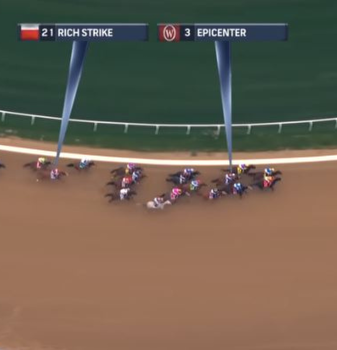



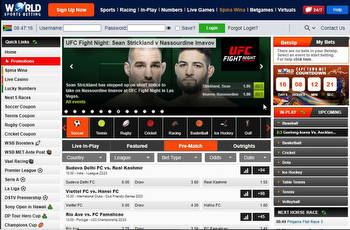
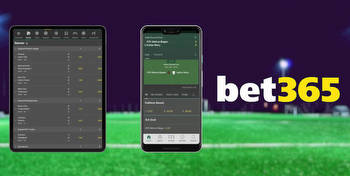




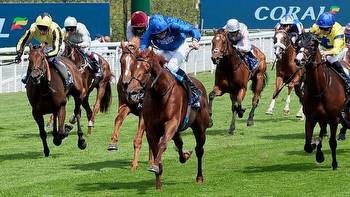

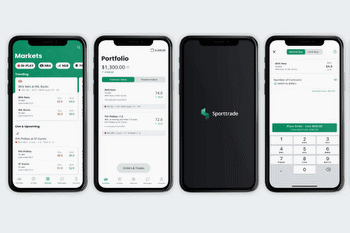





![Lays of the week with Betfair: Lay tips for this Saturday's racing [December 17]](/img/di/lays-of-the-week-with-betfair-lay-tips-for-this-saturdays-racing-december-17-1.jpg)
